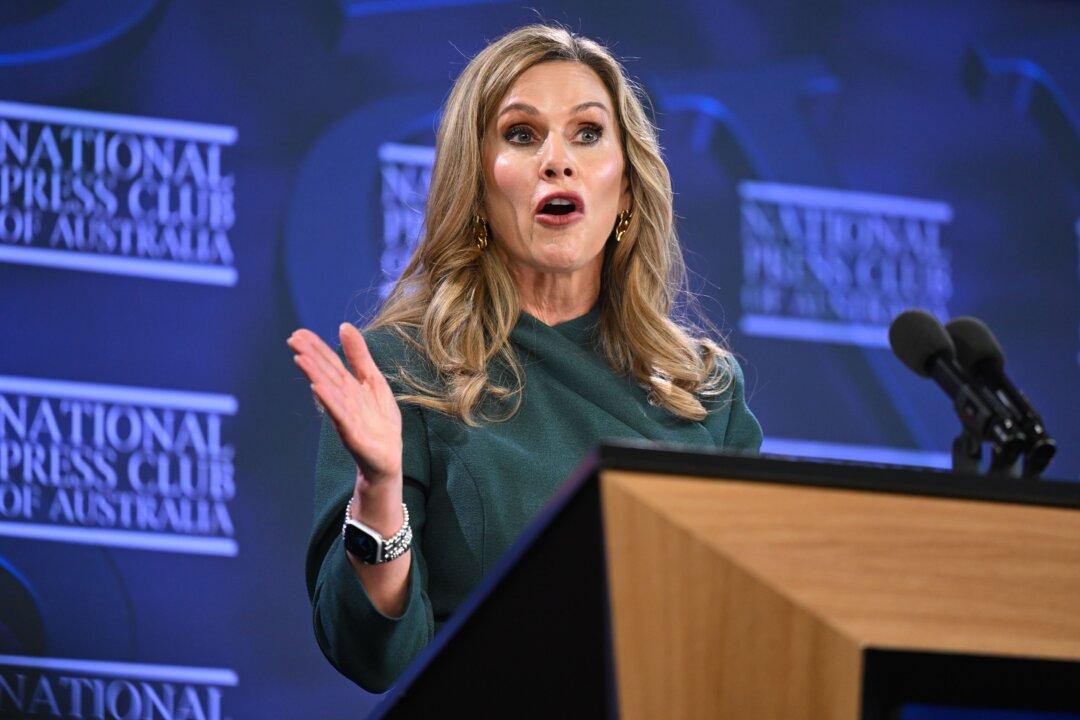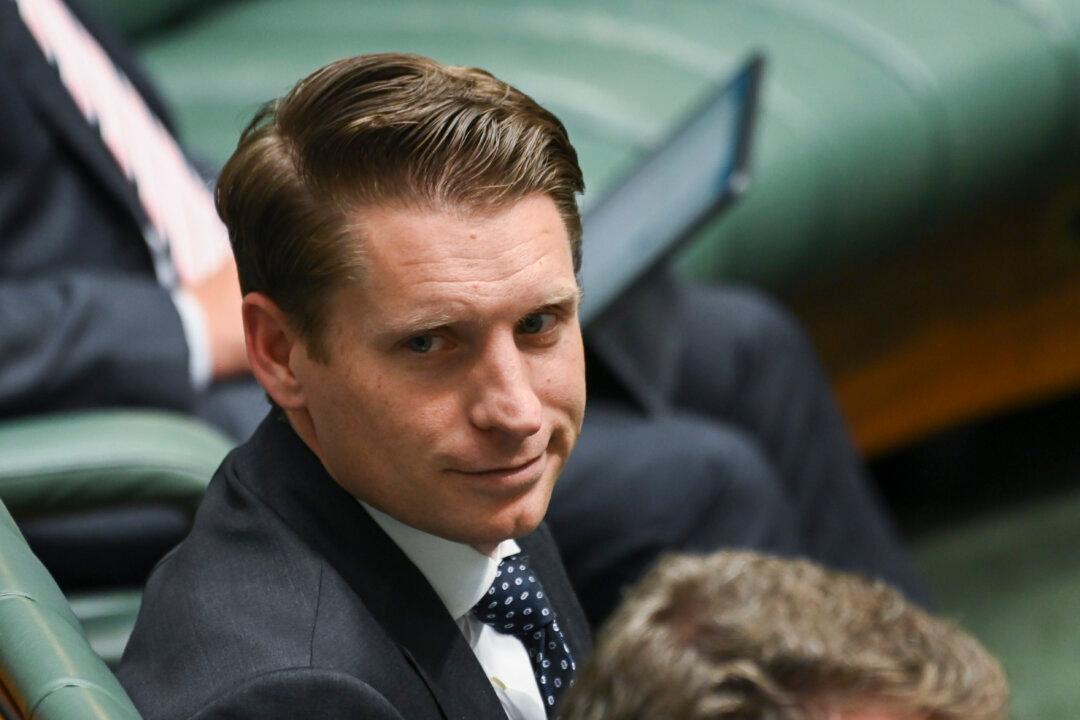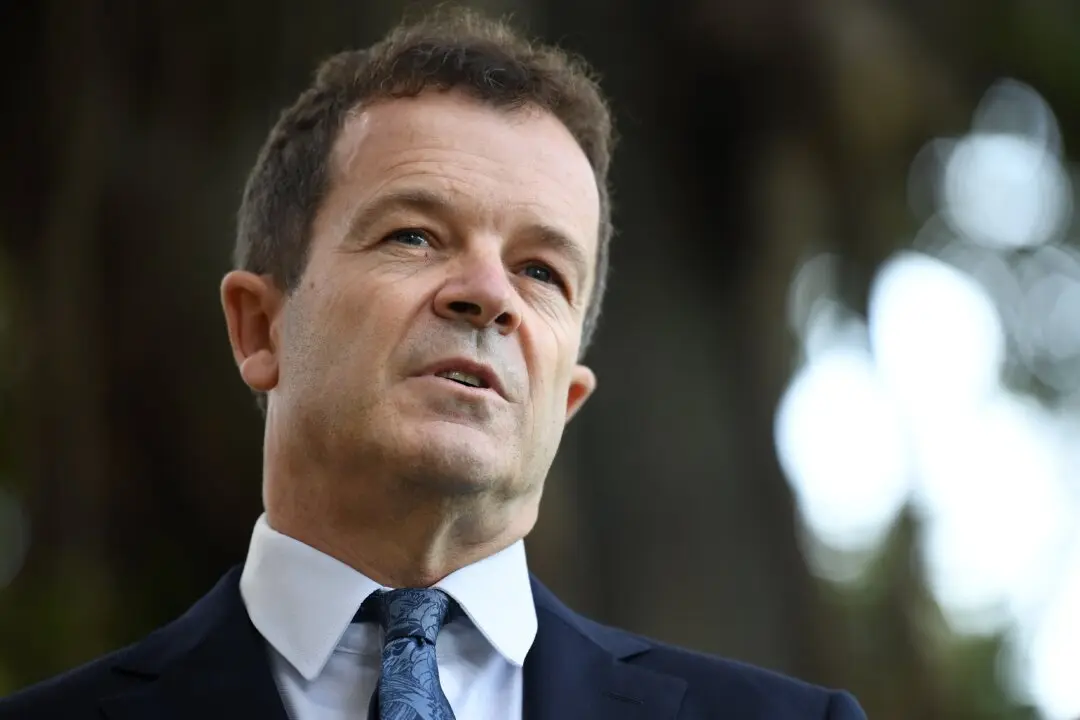Bulk billing in Australia has risen by more than 2 percent since the government boosted incentives for trips to the doctor in November.
Australians have benefited from an estimated 360,000 more trips to the doctor being bulk billed since the incentives started, Health Minister Mark Butler said.





